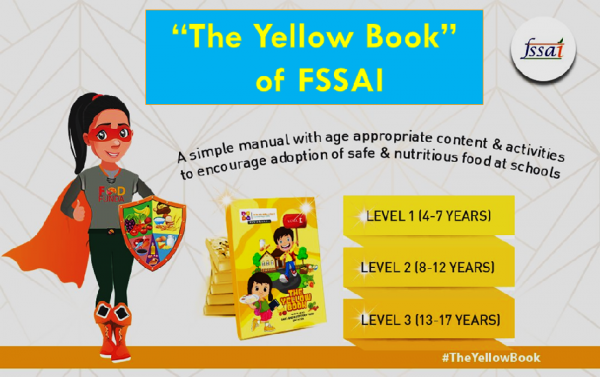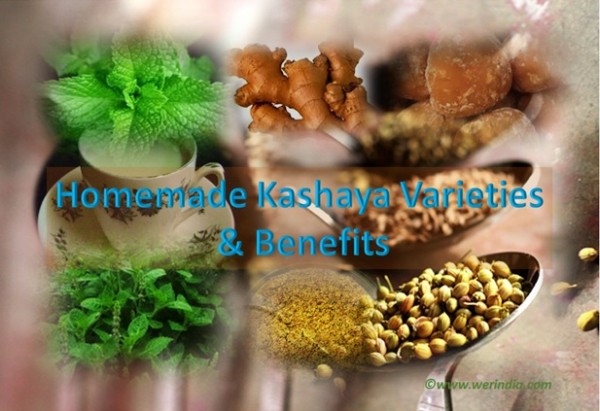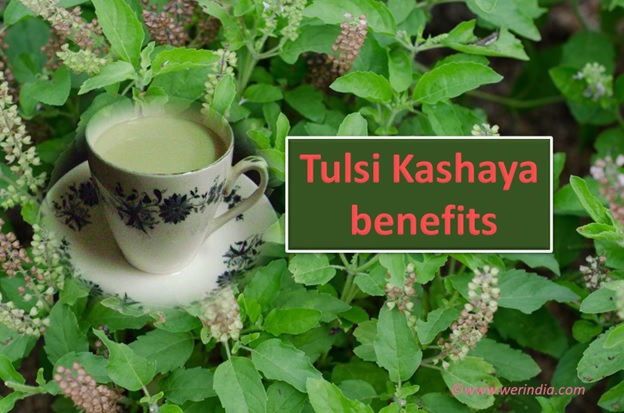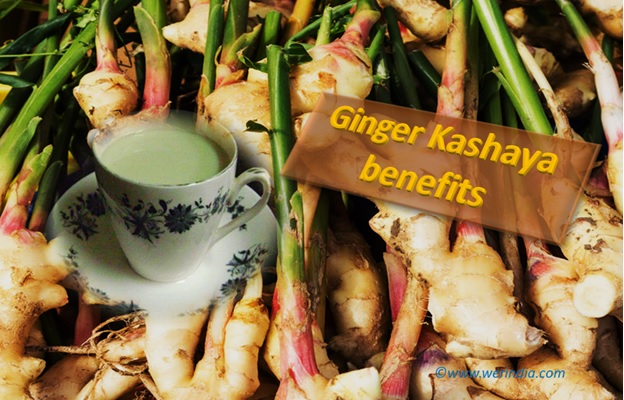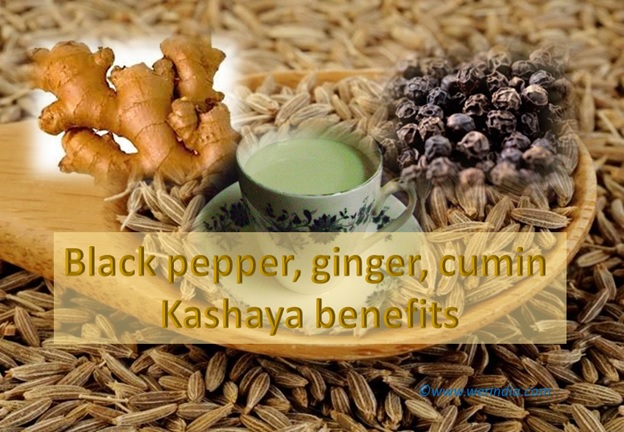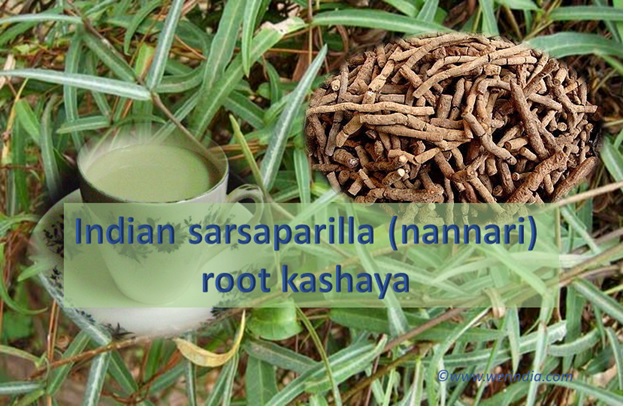
Baby’s oral health care
During babies teething time not only babies, but parents also suffer. Some babies will have sore and tender gums. Cleaning gums can be difficult. Here are few tips to take care of baby’s oral health and how to clean the teeth.
Baby’s 20 primary teeth that is hidden in jaw during birth will start appearing between 6 months to one year.
By age of three most children will have all 20 primary teeth. Usually the first teeth are the one to come in in the top and bottom front of baby’s mouth.
When the teeth start coming out babies will feel sore and become cranky due to pain. As soon as teeth comes out baby may develop cavities.
In several cases, infants and toddlers have experienced severe tooth decay, that teeth needed to be extracted. It is important to take care of baby’s teeth from the beginning.
Kids need strong, healthy baby teeth not only for chewing but also to speak and good-looking smile.
Cute babies smile is attractive and to keep the smile clean baby’s mouth in following ways:
- Decaying of teeth can happen as soon as it appears. At age of 6 months in baby’s front teeth may appear. Clean baby’s mouth from the beginning after few days of birth. Wipe the gums using clean, moist gauze pad or wash cloth. A clean teething ring will help. Don’t forget to clean the tongue too.
- For children under age three, start brushing teeth as soon as all appear use fluoride toothpaste.
- Smear rice size paste on baby’s brush and brush teeth twice a day. Brush for 2 minutes, 2 times a day.
- If children want to brush hold their hands and guide them. For children aged between 3 to 6 years, use pea sized amount of fluoride toothpaste. Have them brush twice a day – morning and night. Supervise brushing and remind them not to swallow toothpaste.
- When child start having two and more teeth, help them to clean between teeth.
- When you feel comfortable then have children brush on his or her own. If not, brush your child’s teeth twice a day using children brush.
- Give healthy foods and limit sweets, avoid sugary juices. Say no to soda and sweetened liquids for your baby.
- Kids should use a soft toothbrush. The size and shape of the brush should allow them to reach all areas of their mouth. This will help to avoid plaque that can lead to cavities.
- Schedule regular dental checkup – Have a dentist examine your child no later than their first birthday.
Baby teeth are key for chewing, speaking and appearance. Baby teeth also hold space in the jaws for future adult teeth. It is critical to take good care of baby’s teeth and gum to avoid future dental problems. From around age 6 to 12 children gradually lose their baby teeth and adult teeth start to appear & by the time you would know better how to take care of little one’s teeth.
For more information visit:
- https://www.mouthhealthy.org
- http://2min2x.org
- Image credit: https://www.needpix.com/photo/download/388574
Author: Sumana Rao | Posted on: January 30, 2018




